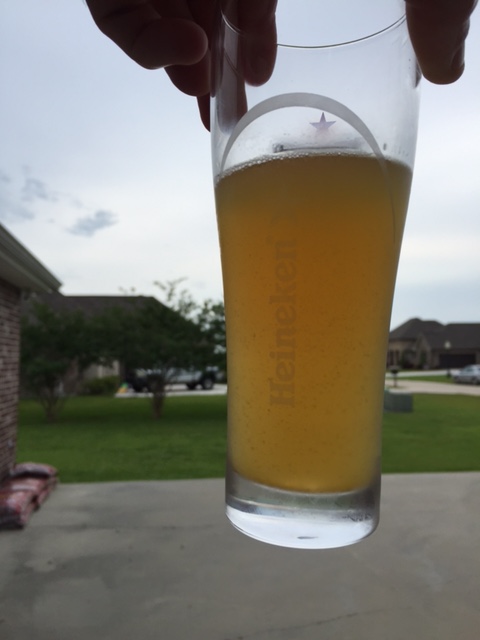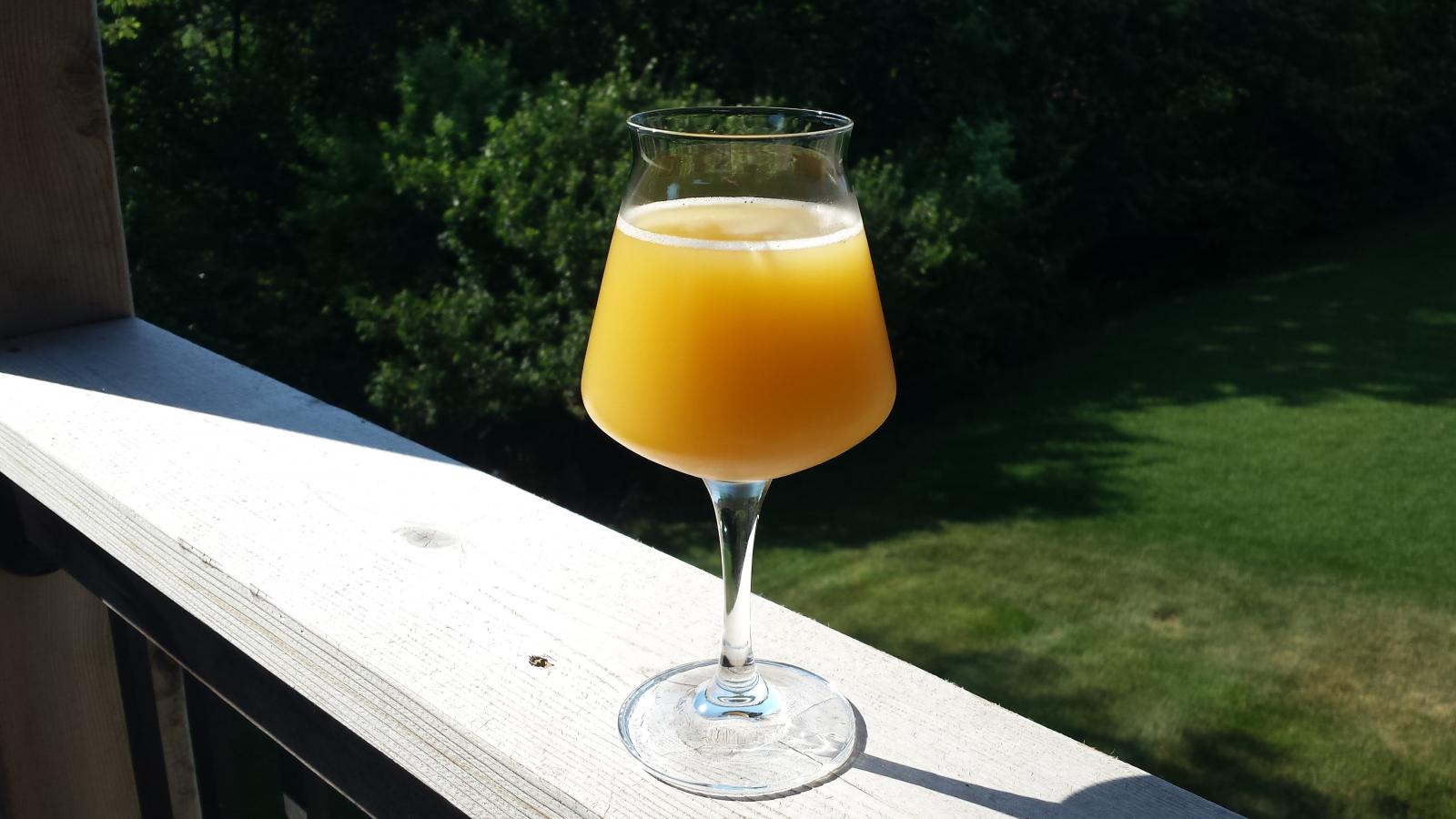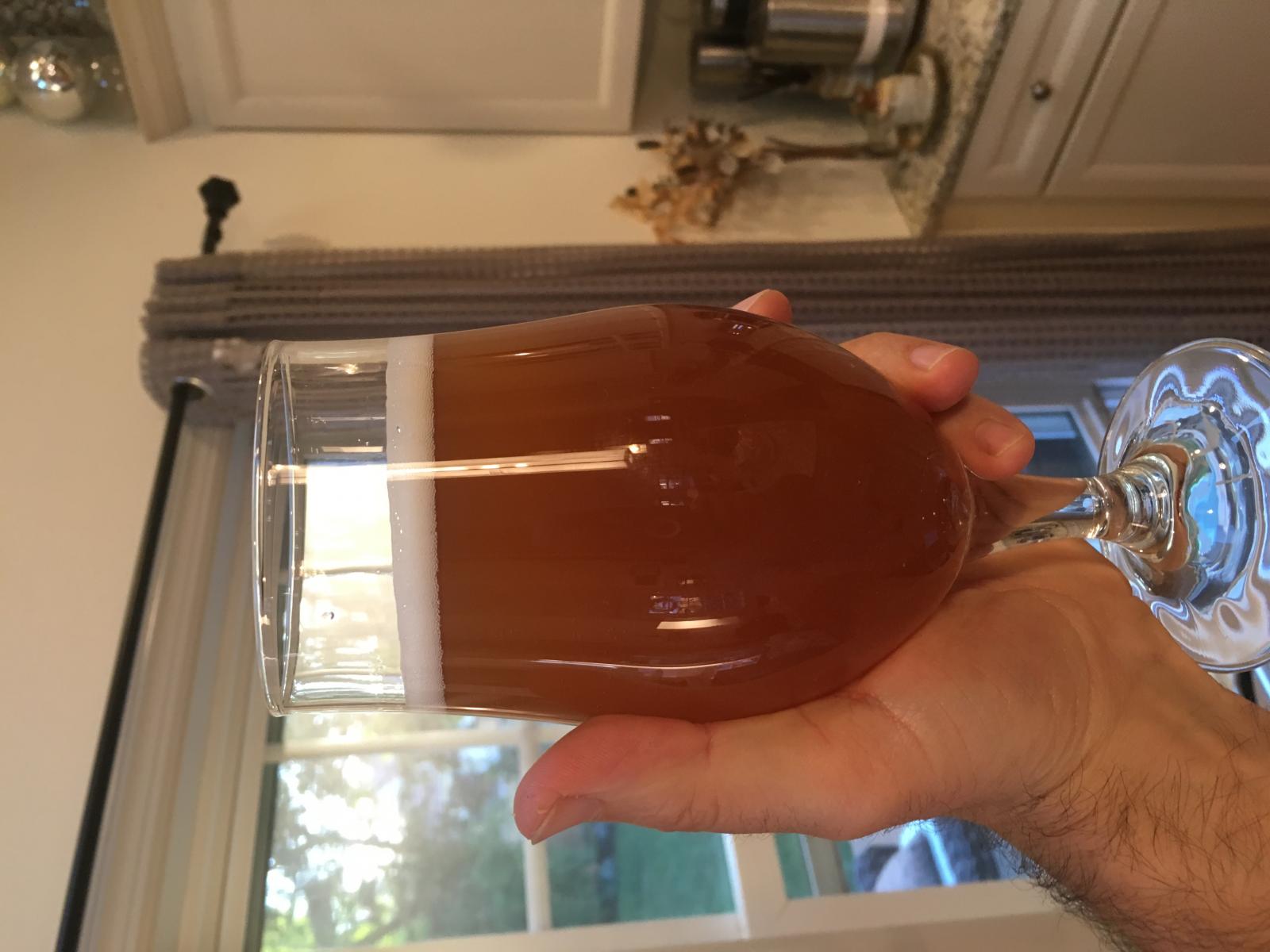Warming and dry hop should help get a few more points. If it does end up stalling at 1.018 or higher.... I would definitely pitch some actively fermenting 1056 or similar to finish it out. 1.014-1.018 is borderline. 1.014 and under and I definitely would not worry about it.
Can't emphasize enough for those using conan for the first time..... It is a great yeast, but, like others ... that first generation can be sluggish. I brew 30-40 batches or more a year with conan. EVERY batch finishes at 1.010-1.012. I had the same struggles that others have mentioned though when I took a vial or smack pack (with a starter) and went right into a 1.055+ IPA to start.... ended up with that 1.016 kind of thing happening almost every time. In my opinion, the best way to use conan is this:
*New vial/pack...... brew a 1.040 blonde ale. Low hops, no dry hops.
*Make a 1L starter 12-18 hours before you need to pitch it.
*Pitch the entire, actively fermenting starter to your blonde ale
*Days 1-3 temps start around 62-64 and climb to 66-68.
*Day 3-4 let temps go to 68-72 to finish out.
*Day 10-14 range, cold crash or let yeast settle out and transfer to keg (bottle)
*When getting ready to keg/bottle - put 5-6 jars and lids in star san.... half pint or pint size mason jars (I like the plastic, reusable lids you can buy for them).
*Leave about 1-2 pints of beer in the fermenter.
*Swirl up the beer and yeast in the fermenter to get everything in suspension.
*Take jars out of starsan... pour yeast slurry into jars... about 75% full or so.
*(I use bottling buckets and SS Brewbuckets for fermenters - they have spigots, so this is a very easy step... might need to formulate your own strategy if you use something else... for instance, make sure lip of carboy is very clean (isopropyl alcohol for instance ) if you are pouring from a carboy).
*Fill jars quickly and pull lids out of star san and cap.
*Put in fridge.
*When it comes time to brew your IPA's..... take out jar, dunk in star san several times. Get starter vessel and wort ready. *Decant most of what is in jar - leave enough to swirl yeast cake back up and dump into your starter vessel. Make a 1L starter 12-18 hours before pitch time.
*Pitch entire, actively fermenting starter within 12-18 hours of making it.
*Use 5 of your 6 jars on IPA's (or whatever). Jar #6 goes back in another blonde ale(or lawnmower beer of choice).
*Repeat.
Since I have started doing this, I have probably had 75-100 consecutive beers with conan finish at 1.010-1.012. Most were probably in the 1.055-1.065 range. Occasionally a bit higher... but I am just not a fan of 7-8% IPA's. But, I have seen no fall off at the 1.065 range either.















































![Craft A Brew - Safale S-04 Dry Yeast - Fermentis - English Ale Dry Yeast - For English and American Ales and Hard Apple Ciders - Ingredients for Home Brewing - Beer Making Supplies - [1 Pack]](https://m.media-amazon.com/images/I/41fVGNh6JfL._SL500_.jpg)














